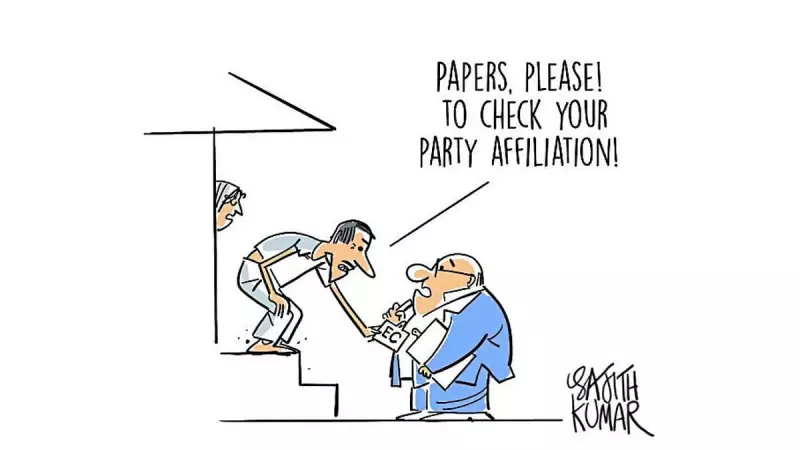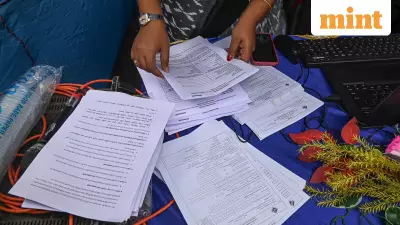
India's digital identification landscape is undergoing a profound transformation as Aadhaar becomes increasingly integrated into the fabric of daily life. What began as a unique identification system has evolved into a comprehensive verification tool that touches nearly every aspect of citizen-government interaction.
The Expanding Digital Ecosystem
From banking transactions to mobile connections, Aadhaar verification has become the cornerstone of India's digital infrastructure. The system now serves as the primary KYC (Know Your Customer) document across multiple sectors, streamlining processes that once required extensive paperwork and multiple verifications.
Key Areas of Implementation
- Financial Services: Banks and financial institutions increasingly rely on Aadhaar-based verification for account opening, loan processing, and transaction authentication
- Telecommunications: Mobile service providers utilize Aadhaar for new connections and SIM card verifications
- Government Welfare: Direct benefit transfers and social welfare programs are now predominantly linked through Aadhaar authentication
- Taxation Systems: PAN card linking with Aadhaar has become mandatory for filing income tax returns
The Convenience vs. Privacy Debate
While the convenience of single-point verification is undeniable, concerns about data privacy and security continue to spark important conversations. The system's widespread adoption raises questions about information protection and the potential for surveillance.
The digital transformation represents a significant shift in how Indian citizens interact with both public and private sector services. As the ecosystem expands, balancing technological efficiency with individual rights remains a critical challenge for policymakers and citizens alike.
Future Implications
The continued integration of Aadhaar into various services suggests that digital identification will only become more central to Indian life. Understanding this evolving landscape is crucial for navigating the country's rapidly digitizing economy and society.





